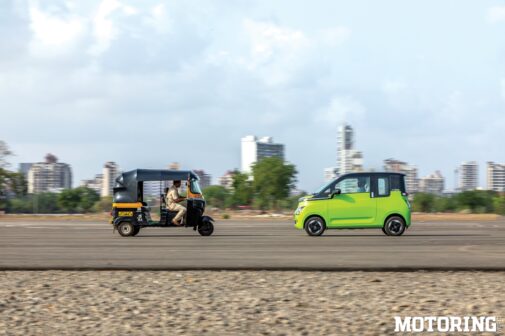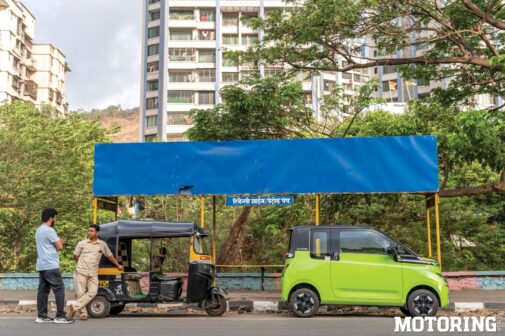Temperatures soaring above 40 degrees, humidity peaking over 80 per cent and the ever-going urban transformation is how the ‘spirit of Mumbai’ was tested this summer. And I have no shame in admitting that it broke my spirit. For a guy who turned up on a two-wheeler everywhere, irrespective of the weather, I found myself praying for the comfort of the air-conditioned cocoon that I have avoided being in for the better part of my 31 years of existence. But I am wise enough to know that this luxury comes at the cost of precious time in Mumbai. So, the solution? A perfect mid-way that spoils me with a roof over my head, and the agility of a two-wheeler — an auto rickshaw.
The three-wheeled marvel, with its serpentine manoeuvres at the hands of its skilled master could take me anywhere in the city in a jiffy. ‘This is probably THE best means of road transport for Mumbai,’ I thought. But then, a bright green ray of hope silently rolled into my life and everything changed. I was the centre of attention at every signal, some viewed my ride with utter disbelief, some admired my choice but there was one set of people that took my set of wheels as a threat — rickshaw drivers.
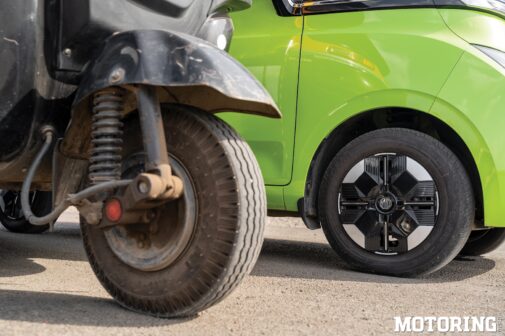
I never meant any harm to them or their livelihood; the MG Comet and rickshaws are in different leagues, altogether. So, initially the devious looks and the aggressive moves around the Comet puzzled me. Naturally, I needed closure, and so when I confronted Sarfaraz bhai, an auto driver, and asked him why it seemed like the auto rickshaw union wanted me (or the Comet) to stay away from the street, his response seemed that I was asking the obvious. Looking at my blank face, Sarfaraz patiently explained it to me — they saw the Comet as a threat — not to them or their livelihood, but their dominion: the tight, packed streets of Mumbai.
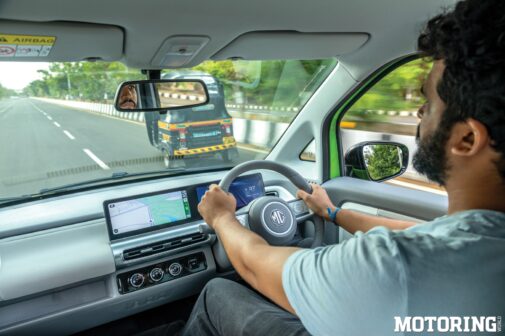

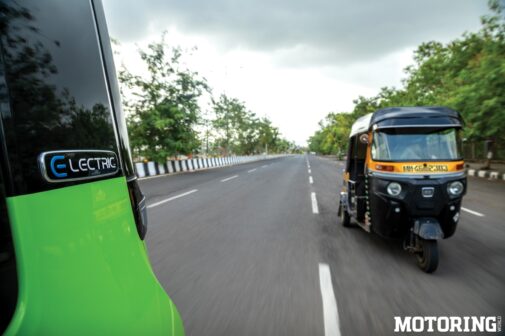
The Comet’s petite proportions and the tight turning radius of just 4.2 metres meant I could wiggle through the same spaces as the rickshaw. In fact, MG microcar’s wheelbase is just 10 mm more than that of the Bajaj RE auto. With the Comet, I now had the same superpower that gave the rickshaws an upper hand in the streets. And I looked much cooler (I think) and left people awestruck with the abilities of the Comet, which I think didn’t go down well with the rickshaw community.
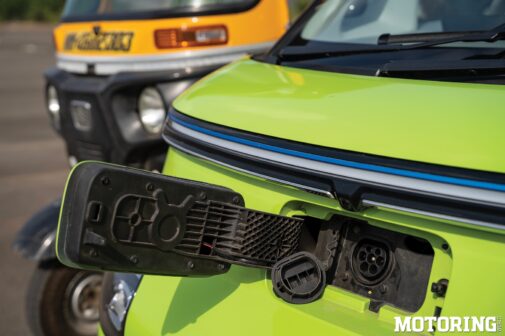

In what seemed to be a deliberate show of risk appetite and skill, some auto drivers squeezed into spaces they probably wouldn’t have otherwise. Some saw my face in their mirrors and seemed satisfied that the Comet and I hadn’t made it through, and while others didn’t bother with the second look, I could still see them smiling. Sometimes they would pass jokes on the Comet’s size, and the passengers would giggle, the kids would point and laugh, but they were the ones wiping off sweat every few minutes and sitting in a noisy environment, while I had the AC on full blast while listening to some good music.
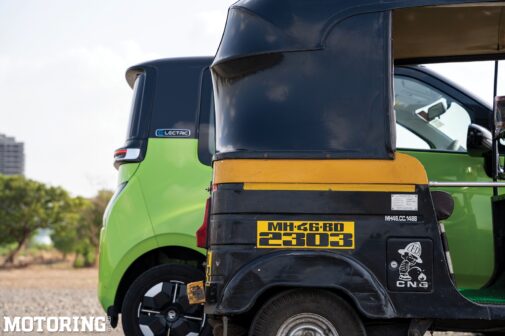

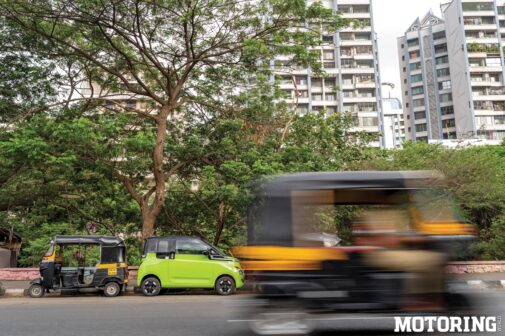
Though Sarfaraz bhai’s brethren saw the Comet as a threat, I saw a glimmer of admiration in his eyes. After all, beating a rickshaw at its own game isn’t a small feat. So, I asked Sarfaraz what he thought of the Comet. And it was as if he was waiting for the question. Probably, in his head, he had already played out moves that were better than those he did with his auto. The Bajaj’s 9.1 bhp and 1.16 kgm is no match whatsoever for the MG’s 41.42 bhp and instantaneous 11.21 kgm. Plus, the Comet’s extra wheel would have only lessened the risk of toppling and given him more confidence to slot it into tight spaces.
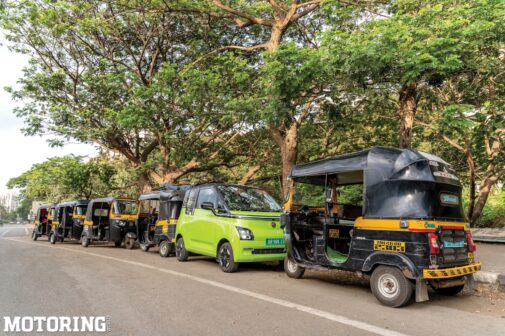
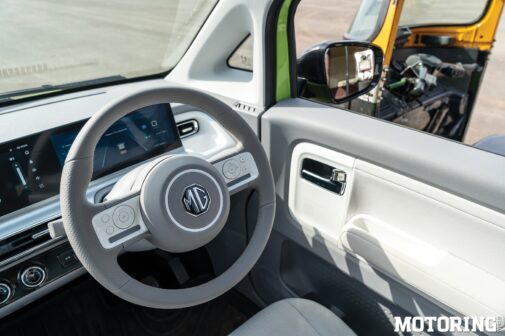
After a few minutes of admiring the Comet’s size, I invited him to experience it from the inside. He was blown away by the 10.25-inch infotainment system, the roomy feel the Comet had, its powerful AC and the fact that it could fit the same number of people as his auto. Immediately, his first question was about the price. Knowing that the Comet demands upwards of ₹ 6.98 lakh (ex-showroom), he told me the Bajaj RE comes at around ₹ 3 lakh cheaper, and that’s with all the taxes included.
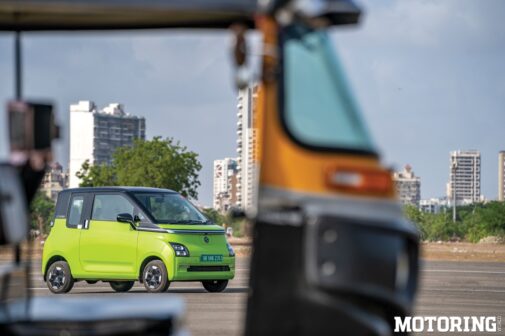

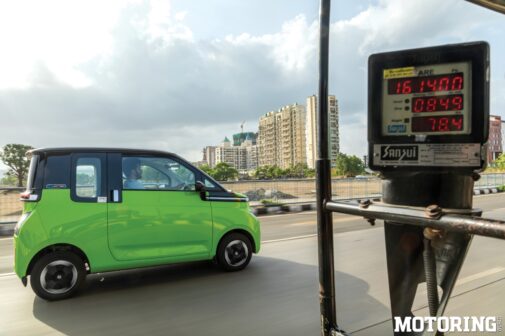

What followed was a full-blown auto vs Comet discussion, which I felt was Sarfaraz’s way of trying to not fall in love with the cute car. And it was an eye opener, because his 2019 Bajaj RE CNG model was good for around 250 km before he needed to refuel; the Comet could do around 170 km with the AC, and a bit of spirited driving. Sarfaraz was proud. The Comet can’t beat his ride in a long race. He was quick to check if the ‘tank up’ cost is higher in the MG, which isn’t. So, it was a draw, but then it clicked to Sarfaraz and he asked me about the charging time. ‘Seven hours!’, but then I quickly interjected, ‘You can charge it at your home’. I imagine Sarfaraz must have pictured himself free from the long queues at the CNG pumps and having the luxury of charging the Comet while he sleeps peacefully.
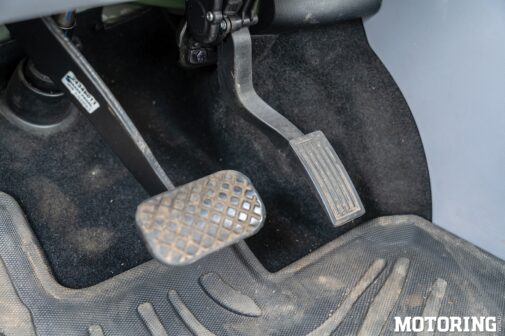



But he and I both knew that something like a Comet can never be a mode of public transport. And knowing its nuances, Sarfaraz understood that an electric microcar can never threaten his livelihood. Having made peace, both of us left. And a few hours later, I found myself standing in the sweltering heat, wiping off sweat every now and then, as I plugged in the Comet at a public charger and waited for an auto to drop me back home, ready to hop into one tomorrow to pick up the Comet. Talk about things coming full circle, eh?
